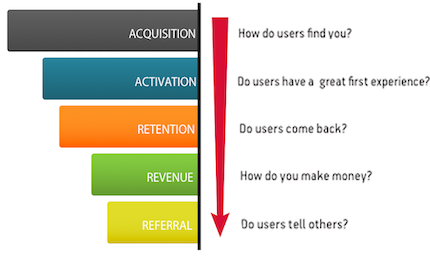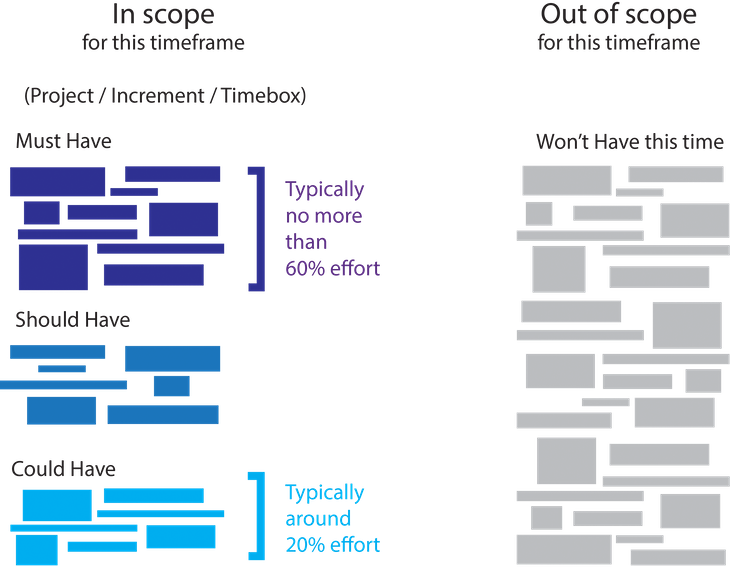Product management frameworks provide a process for product teams to make strategic decisions, prioritize features and backlog items, and discover product ideas or problems.

When considering which product management framework to adopt, you should select the one that’s best suited to boost profitability, keep products relevant to the consumer base, and help streamline processes.
In this guide, we’ll go over a selection of frameworks designed to help PMs improve and refine their approach to product development.
Product management frameworks are developed and implemented for a variety of reasons. The most obvious is that the product manager’s role covers a wide range of responsibilities and functions, both internal and external. Keeping track of constantly changing variables is a necessary but sometimes stressful and resource-intensive process.
Product management frameworks can make it easier to keep pace with changes in the market and consumers and provide opportunities to develop new products to fill gaps. These approaches also help lower the risk of product failure because strategic decisions are based on thorough analysis of hard data.
Generally, product management frameworks are broken into three categories:
Let’s review six of the most popular product management frameworks — two for each category described above.
AARRR, also known as the pirate metrics, captures data from each stage of the customer journey. It tracks the following metrics:
While this framework is geared toward startups, any company can benefit from learning how its customers are interacting with their products.

Dave McClure, the founder of 500 Startups, developed the AARRR framework after noticing that startups tended to focus on meaningless metrics such as how many likes their latest social media post received. The AARRR metrics were strategically chosen to help startups lead with a product-growth focus.
By following this framework, product managers can answer questions like:
The framework follows the customer journey and measures the success of each stage. It monitors user behavior and can help organizations determine where they are losing customers. Running A/B tests can help organizations discover which strategy works best for their customers.
Amazon is credited with developing the working backward method, first introduced in Colin Bryar and Bill Carr’s book Working Backwards.
As the name suggests, this framework encourages product managers to work on the final step of releasing a product first. You start by writing a hypothetical press release announcing the release of a new product or feature you’re looking to develop. The act of writing a press release should help you determine whether that thing is worth building.

Working backward forces product managers to think of the customer’s reaction to what they want to build. A press release often contains newsworthy information, such as how a product will solve a particular problem and what value it brings to the consumer. If you can’t write a compelling press release, you should consider scrapping the idea.
Amazon aims to develop products that are easy to understand as a core principle. Writing a press release is a great way to focus your product idea and tighten the way you present it to company leadership, the development team, and, eventually, the customer. If it’s difficult to describe in the early stages of development, it will be difficult to market and sell the product to consumers.
If you can come up with an enticing press release, the product team should approve the idea and subsequently start building the product.
Product leaders and stakeholders frequently use the MoSCoW method to prioritize user stories and tasks. It can help stakeholders understand the importance of which backlog items are being worked on.
Initiatives are grouped into four categories:
The MoSCoW prioritization method helps teams and stakeholders focus on how tasks fit into the overall product strategy and goals.

There are a few drawbacks to using the MoSCoW method. If not conducted properly, it can lead to the wrong features being prioritized.
It’s important for product managers to have an objective scoring system, include all key stakeholders, and share the results with everyone. This will make it a transparent and reliable process for prioritizing features.
The RICE model is a scoring system designed to help product managers prioritize items on the product roadmap and improve the decision-making process.

Under the RICE model, there are four factors to consider when discussing potential features for a product. Each factor receives its own score, then the RICE formula is used to determine the final score.
The four considerations for RICE scoring are:
Once you’ve gathered all the scores, the final score is calculated using the following formula:
(Reach * Impact * Confidence) / Effort
The RICE scoring model provides a concrete strategy for making objective and complex decisions. It’s especially useful when presenting evidence to support why a feature should be prioritized.
The Double Diamond model originated as a design process model before evolving into a general innovation framework.

The Double Diamond process has four phases:
The Double Diamond model helps product teams focus on customers and collaborate to deliver the solutions they need. Customer feedback can go a long way toward ensuring your features or products are addressing users’ pain points.
Dual-track agile is designed to help organizations validate product ideas in the quickest and cheapest way possible.
There are two workflows in the dual-track agile framework: discovery and development. The discovery workflow focuses on validating product ideas while the development workflow turns those ideas into products.

This process stems from the agile development methodology, which suggests that iterative and quick developments lead to better products. While the team is cross-functional, certain members have different focuses under dual-track agile.
The discovery workflow includes tasks such as performing market research, conducting interviews, and developing user stories. Once an idea is validated, it is moved to the development workflow. Then, the development team builds prototypes, gathers user feedback, and conducts testing.
Dual-track agile can help you improve the speed of product development. Work in this framework is collaborative and nonlinear, which enables cross-functional teams to work together successfully.
There are dozens of product management frameworks available. Depending on your company’s needs, one framework may provide the result you need while others may not be the right fit.
Keep in mind that just because a framework is popular, it doesn’t mean it’s the best approach for your product team. You may want to experiment with a few different frameworks to find what works best for your team members’ preferences.
Product management frameworks can help you consistently put out great products and build a loyal customer base that is willing to refer to your product friends, family, and co-workers.
Featured image source: IconScout
LogRocket identifies friction points in the user experience so you can make informed decisions about product and design changes that must happen to hit your goals.
With LogRocket, you can understand the scope of the issues affecting your product and prioritize the changes that need to be made. LogRocket simplifies workflows by allowing Engineering, Product, UX, and Design teams to work from the same data as you, eliminating any confusion about what needs to be done.
Get your teams on the same page — try LogRocket today.

Christina Valls shares how her teams have transformed digital experiences at Cedars-Sinai, including building a digital scheduling platform.

Red-teaming reveals how AI fails at scale. Learn to embed adversarial testing into your sprints before your product becomes a headline.

Cory Bishop talks about the role of human-centered design and empathy in Bubble’s no-code AI development product.

Learn how to reduce mobile friction, boost UX, and drive engagement with practical, data-driven strategies for product managers.